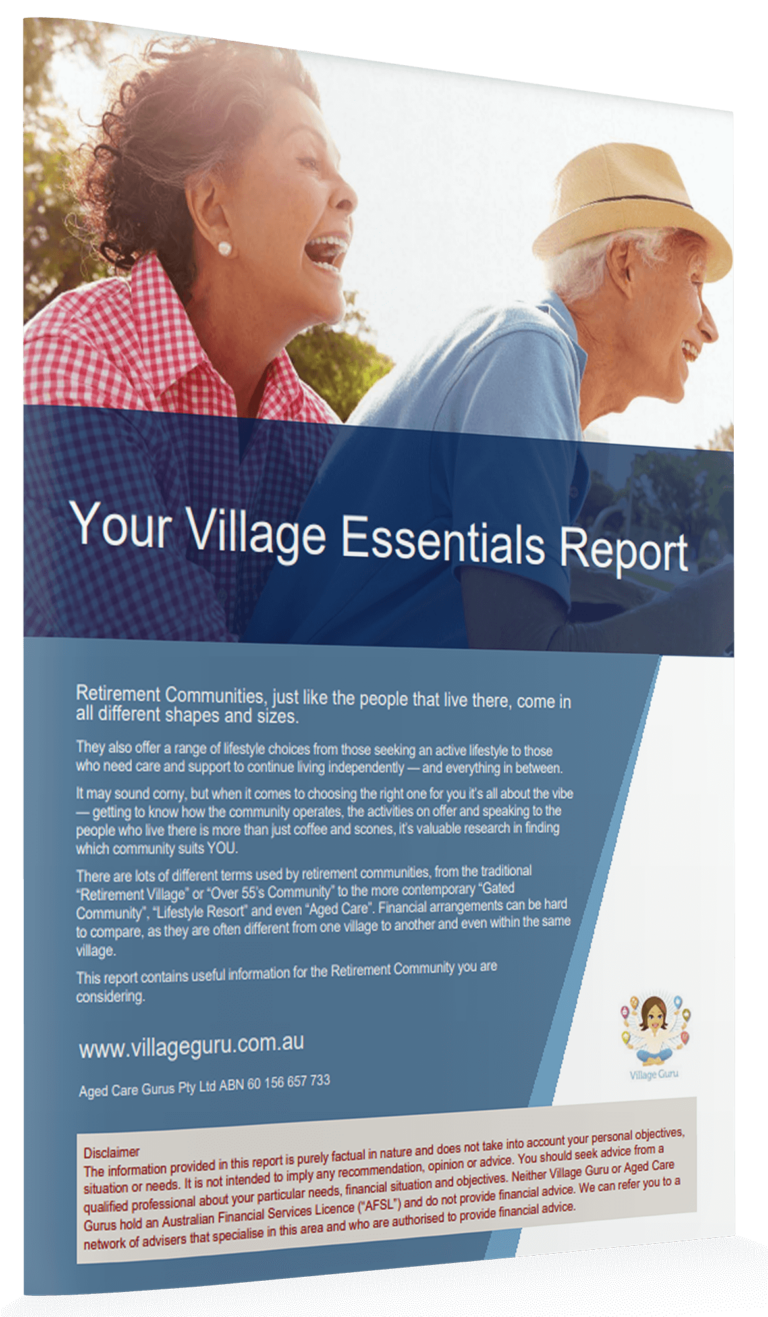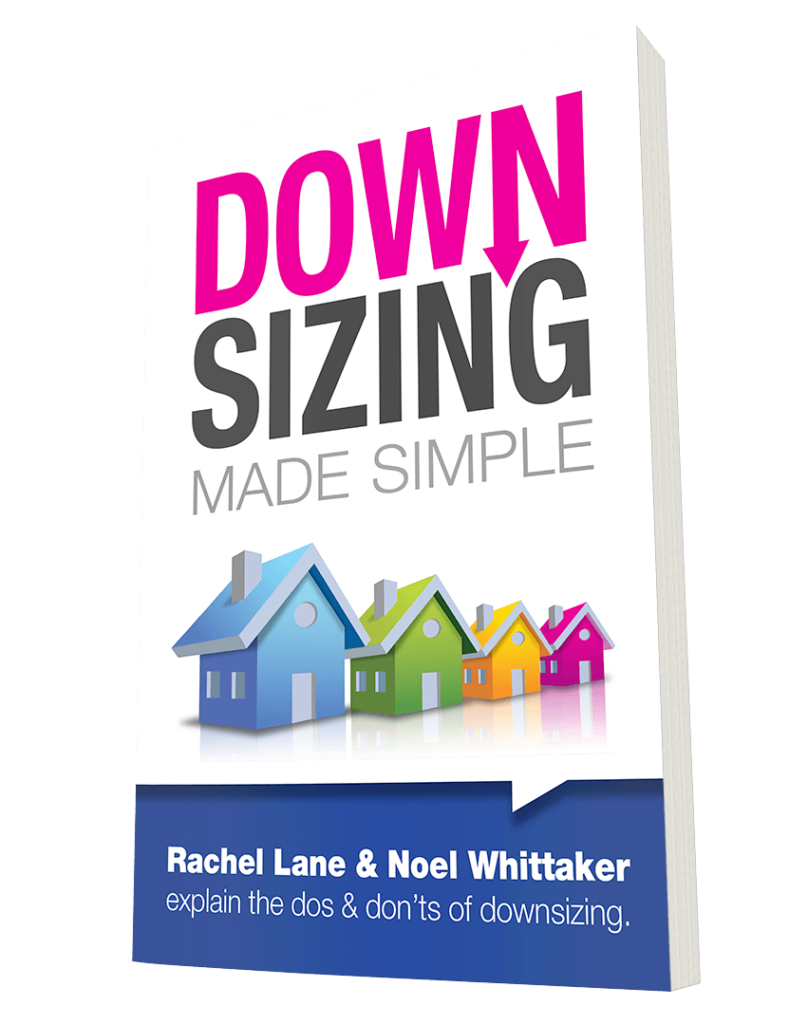Exercises
Working out where you live affects how you live and it’s not something you can change without moving again – so it’s a really important decision to get right!
Of course, leaving a home that you have lived in for years (sometimes decades) isn’t always easy, so we have created some exercises to help you to be clear about what you do (and don’t) want from your downsizing decisions.
Download the exercises from the links below, or scroll down to read about these exercises in more detail.


Downsizing decisions
Why move?
This exercise is very simple and you needn’t spend inordinate amounts of time completing it but it is very useful in giving clarity to why you are considering downsizing and what it is you are seeking from your new home, what is pushing and pulling you.
The exercise has three columns: Leave, Keep and Change. Some of the questions to ask yourself are:
- What do you want to leave behind?
- What irritates you about your current home?
- What pushes you to want to leave?
- What do you love about your current home?
- What are the things you want to keep?
- What do you hope for in your new home?
- What draws you to make a move?
- How do you want your new home to support your future?
Location, location, location
You’ve heard it a thousand times, the real estate adage “location, location, location” but that’s just one part of the “Where” to think about.
Location is about more than being close to the beach, views of rolling hills or being in the hustle and bustle of a city, it’s also about the property itself and the people and places you want to be close to (or not). This exercise helps you break down the location into: Near, Far and Not Important to me from proximity to your current home and family and friends through to things like cafes, shops, medical facilities and airports your “Where” is a huge factor in getting your downsizing decision right.
Lifestyle choices
Very few people plan to spend their retirement in an easy chair watching TV, but if you don’t plan anything else that’s exactly what you can find yourself doing! Our Lifestyle Choices exercise is designed to get you thinking about what you want to Stop, Start and Keep doing with your time.
How do you enjoy spending your time and who you enjoy spending it with – do you like to be on your own, with your partner or with a group of people? What sort of activities do you enjoy or hope to enjoy doing?
Understanding your contract
You will need to sign some sort of contract, whether you are buying your new home freehold/strata title; entering into a leasehold/licence arrangement in a retirement community; or establishing a granny flat arrangement. The role of a contract is to set out your rights, responsibilities and costs. Your job is to work out if the contract represents what you think is a fair balance of those three things. Needless to say that your contract is really important. It will have many consequences for: your pension entitlement; eligibility for rent assistance; money available to invest; ability to afford the lifestyle you want now and in the future; and — if the need arises — your financial position in accessing and affording aged care. In this exercise we help you identify your rights and responsibilities upfront, while you live there and when you leave.
Ingoing, ongoing, outgoing
While the purchase price of your new home may be obvious, there can be a lot more to the transaction than that.
Even if your new home is a familiar freehold or strata-title, you will need to factor in stamp duty, any ongoing owners corporation fees, and the potential for maintenance costs or special levies. In retirement communities, there will be ongoing fees and you may also need to factor in an exit fee. Granny flat arrangements are normally made with family members, but that doesn’t mean they are free. You will still need to work out how much you pay upfront, while you live there, and when you leave. In most granny flat arrangements the exit fee is 100%, i.e. you don’t get any of the amount you have paid back.
Whatever downsizing option you are considering, breaking the costs down by timing can really help to see what you are paying, and when. In this exercise we get you to identify the ingoing costs, before you move in; the ongoing costs that you pay while you live there; and the outgoing costs, due when you leave. It ensures you know what it costs but it also means that you can compare different options more easily.
Making the move, and working out how much it will cost
The purchase price of your new home is the biggest and most obvious buying cost, but the other costs — such as stamp duty, more conveyancing costs and transfer fees — can be substantial. Another thing you will probably need to think about is the cost of new furniture and appliances: many people who downsize find that their old furniture doesn’t fit or suit their new home, or they simply want to make a fresh start and keep only sentimental pieces, but get new beds, couches, tables and chairs — an exercise that can quickly add up to a major expense.
Use the exercise to step through estimating your sale proceeds, buying costs, and moving costs to work out how much you will have left to invest or spend (or both).
Planning ahead will make moving much less stressful, and our moving checklist will help.
Crunching the numbers
Many people’s financial plan in downsizing is to free up some of the capital tied up in the family home, either to invest for income, or to buy some lifestyle assets, like a new car, caravan or boat. But if you receive a pension you need to make sure you crunch the numbers on this strategy: examine the impact to your pension under both the asset and income tests. If you are purchasing lifestyle assets, they don’t produce income, nor are they deemed to earn income for pension purposes — they are simply assets.
Others intend to supersize their downsize — they are paying more for their new home than they get for their old one. It is common to see this when people are moving closer to town, or to a whole new area, where the property prices are quite different from their current area. If you receive a pension you need to crunch the numbers on this strategy too. Such a move may increase your pension entitlement.
The deemed income and pension estimator will help your work out what these numbers could be.
Granny flats
Granny flat arrangements embody significant legal and financial issues, including social security implications. There are limits to what you can pay, and amounts over the limit will be treated as a gift. It is very important to understand and deal with these at the start, to avoid problems down the track.
Generally speaking, the amount you pay for a granny flat right is considered, by definition, to be the market price. Because they are family arrangements it can be difficult to place any other value on them. However, if you are a pensioner, Centrelink can apply a reasonableness test to a granny flat right in certain circumstances.
Use the granny flat reasonable test calculator below to work out what it might be for you.
Although Centrelink does not require a legal document to accept that a granny flat right has been established, they do recommend that people consult their solicitor and perhaps have a document prepared to give evidence of the arrangement. The granny flat checklist will make sure you don’t miss anything.
Use the exercises to help you make your downsizing decisions. Dive deeper into your downsizing journey and uncover the essential steps to guide you forward here, or visit a village that can offer you a FREE Village Guru Report, which can give you all the costs for that village in one simple report.
Get a FREE Village Guru Report
A Village Guru Report showcases the costs of entering, living in, and exiting a village, coupled with projections of your Age Pension and Rent Assistance entitlements. It can even show you how much funding is available through a Home Care Package and what the fees will be.
Visit a village that can offer a FREE Village Guru Report, and make the move with confidence.

Disclaimer: While a Village Guru Report provides valuable insights, it doesn’t replace professional financial advice. You should seek advice from an accredited Retirement Living and Aged Care Specialist® Financial Adviser. Connect with an Adviser.
